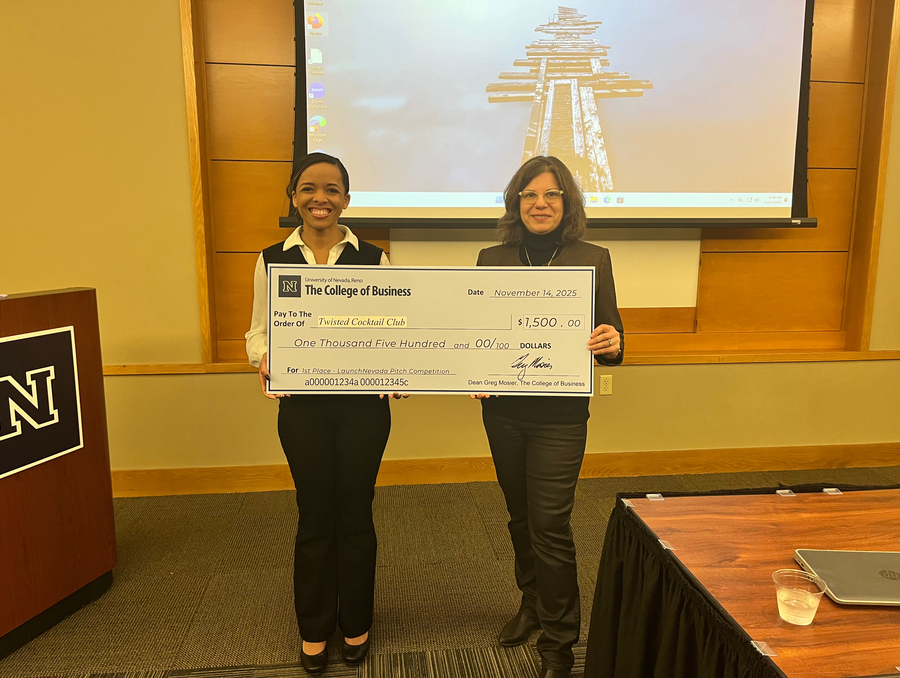Southern California’s Salton Sea, once a large natural lake fed by the Colorado River, may play an important role in the earthquake cycle of the southern San Andreas Fault and may have triggered large earthquakes in the past.
“We’ve been able to show a correlation between past flooding from the Colorado River and triggering of intersecting earthquake faults under the Salton Sea,” Graham Kent, director of the Nevada Seismological Laboratory at the University of Nevada, Reno, said.
Kent is part of a team that has been using a CHIRP profiler to map sediments and earthquake faults under bodies of water around the country and the world. The CHIRP is a sonar-like device towed underwater behind a boat and, similar to an MRI but in much higher resolution, gives an image of sediment layers up to tens of meters below the lake bottom.
The team, including researchers at Scripps Institution of Oceanography, University of California, San Diego and the U.S. Geological Survey (USGS), discovered new faults in the Salton Sea near the southern end of the San Andreas Fault in several underwater surveys conducted over the past several years. Rupture on these newly discovered intersecting or “step-over” faults has the potential to trigger large earthquakes in the magnitude 7 and higher range on the southern San Andreas Fault.
By imaging with the CHIRP beneath the Salton Sea, the study identified the key role of step-over faults that run at an angle to the San Andreas Fault, where it takes a southwestward step across to the Imperial Fault. The smaller faults rupture relatively frequently and, at times, they ruptured in concert with Colorado River flooding of the Salton Trough.
Report lead author Danny Brothers said that this research does not improve the ability to predict such a quake but suggests that heightened preparedness for a major quake immediately following smaller quakes (up to magnitude 6) in the step-over zone is warranted.
The current dimensions of the Salton Sea located in California’s Imperial Valley are less than 1/25th of the natural lake that preceded it, which was one and a half times the volume of Lake Tahoe. Since the beginning of the 20th century, local authorities have redirected the Colorado River away from the lake.
When its natural dimensions were in place, Lake Cahuilla and its surrounding region experienced, in a 1,000-year period, five earthquakes on the southern San Andreas that are believed to have been larger than magnitude 7. The temblors occurred about 180 years apart. It’s been more than 300 years since the last one and no such sequence has taken place since the lake assumed its current dimensions. Diversion of the Colorado River and the lack of flooding events in the local basin known as the Salton Trough may be one possible explanation.
“We’ve been baffled as to why the southern San Andreas hasn’t gone. It’s been compared to a woman who is 15 months pregnant,” said Scripps seismologist Debi Kilb, a report co-author. “Now this paper offers one explanation of why.”
The researchers cautioned that failure of the step-over faults is ultimately driven by tectonic forces and could still set off a major rupture of the San Andreas Fault independently of any lake-level fluctuations. Other research teams have estimated that stress buildup in the area is still great enough to produce a quake between magnitude 7 and 8. The idea that the San Andreas is triggered by stress loading in the Salton Sea supports the assumption by many scientists that a future quake sequence could propagate northward and potentially cause significant damage in the Los Angeles area.
“Earthquake simulations reveal that shaking of large metropolitan areas such as Riverside and Los Angeles will be larger if the earthquake propagates from south to north. Our research suggests that the Salton Sea step-over zone may provide a trigger for such a propagation direction,” said Scripps Geologist Neal Driscoll, project leader and report co-author.
Their report appeared in the online version of the journal Nature Geoscience on June 26.
"Not only were we able to address seismic hazards issues along the San Andreas Fault, but this research also highlights the broader use and capabilities of new techniques and technologies to study hazards under bodies of water," said Kent, also a co-author of the report. "This can have application for other regions where the presence of water has left problems undetected."
Kent and some of the team members, in research that has been underway for 10 years, recently completed mapping of faults under Lake Tahoe and adjacent lakes where they have identified evidence of earthquake-triggered tsunamis that reached 30-feet in height.










